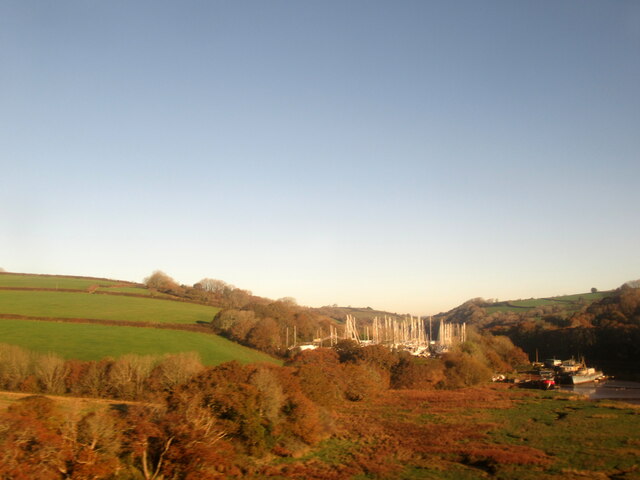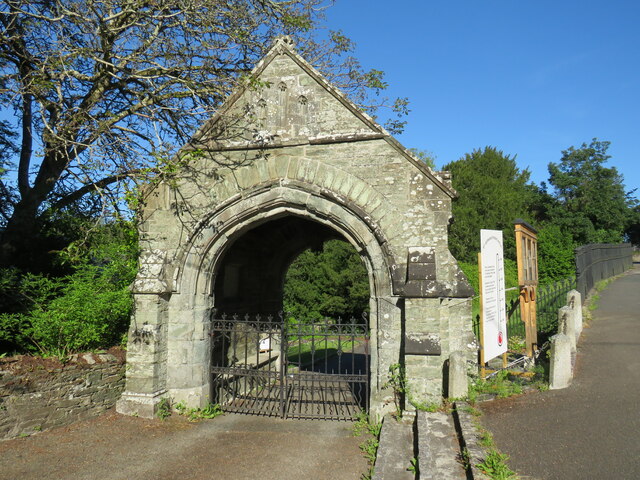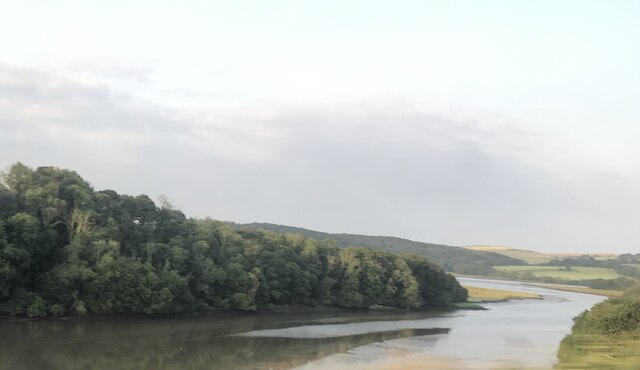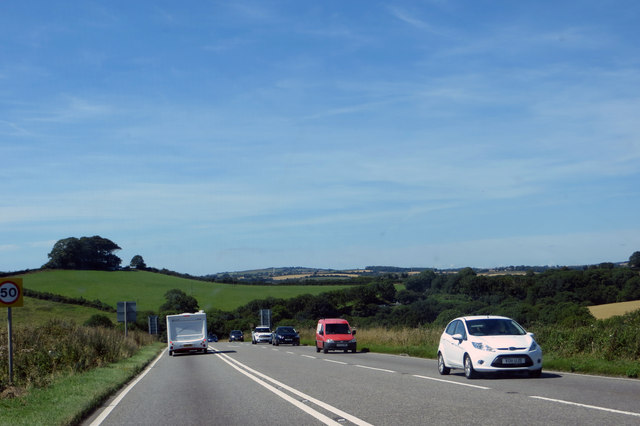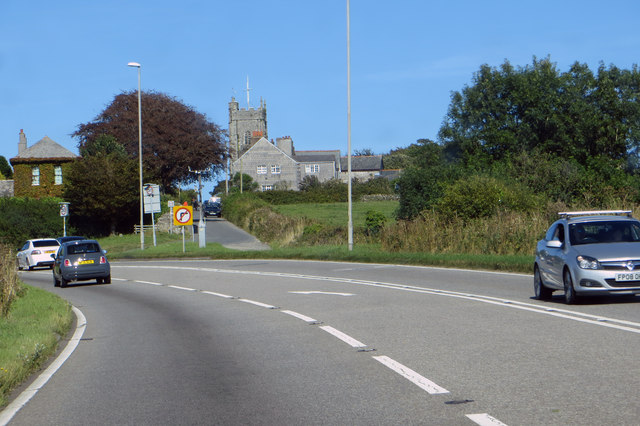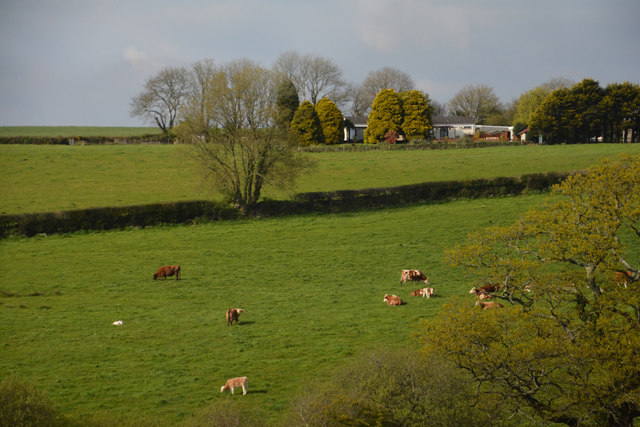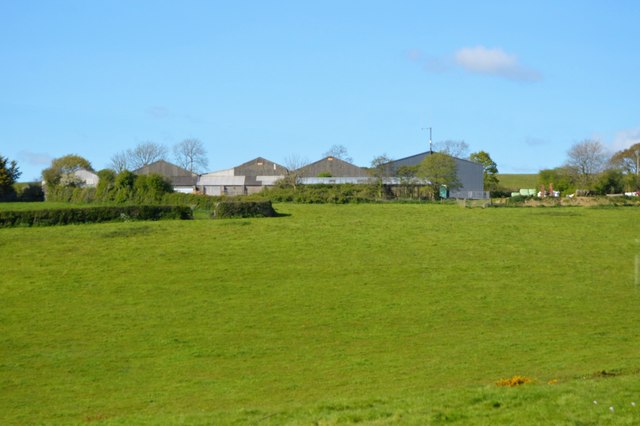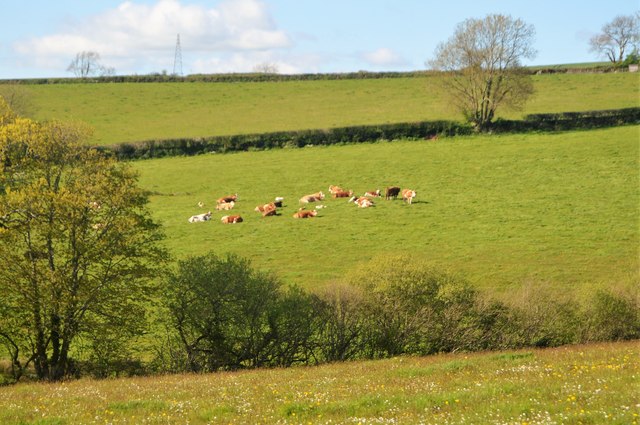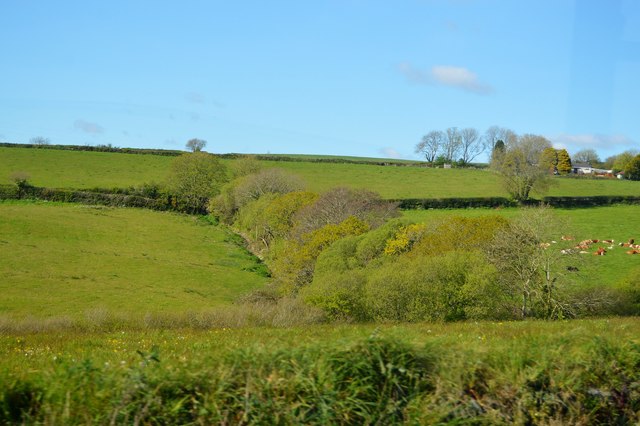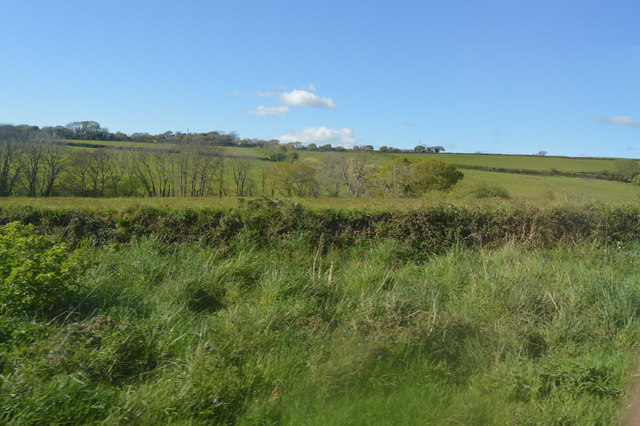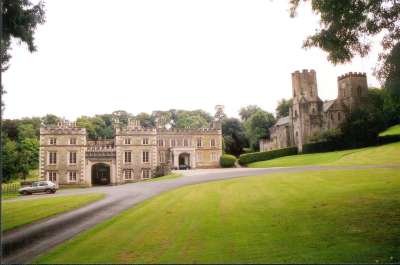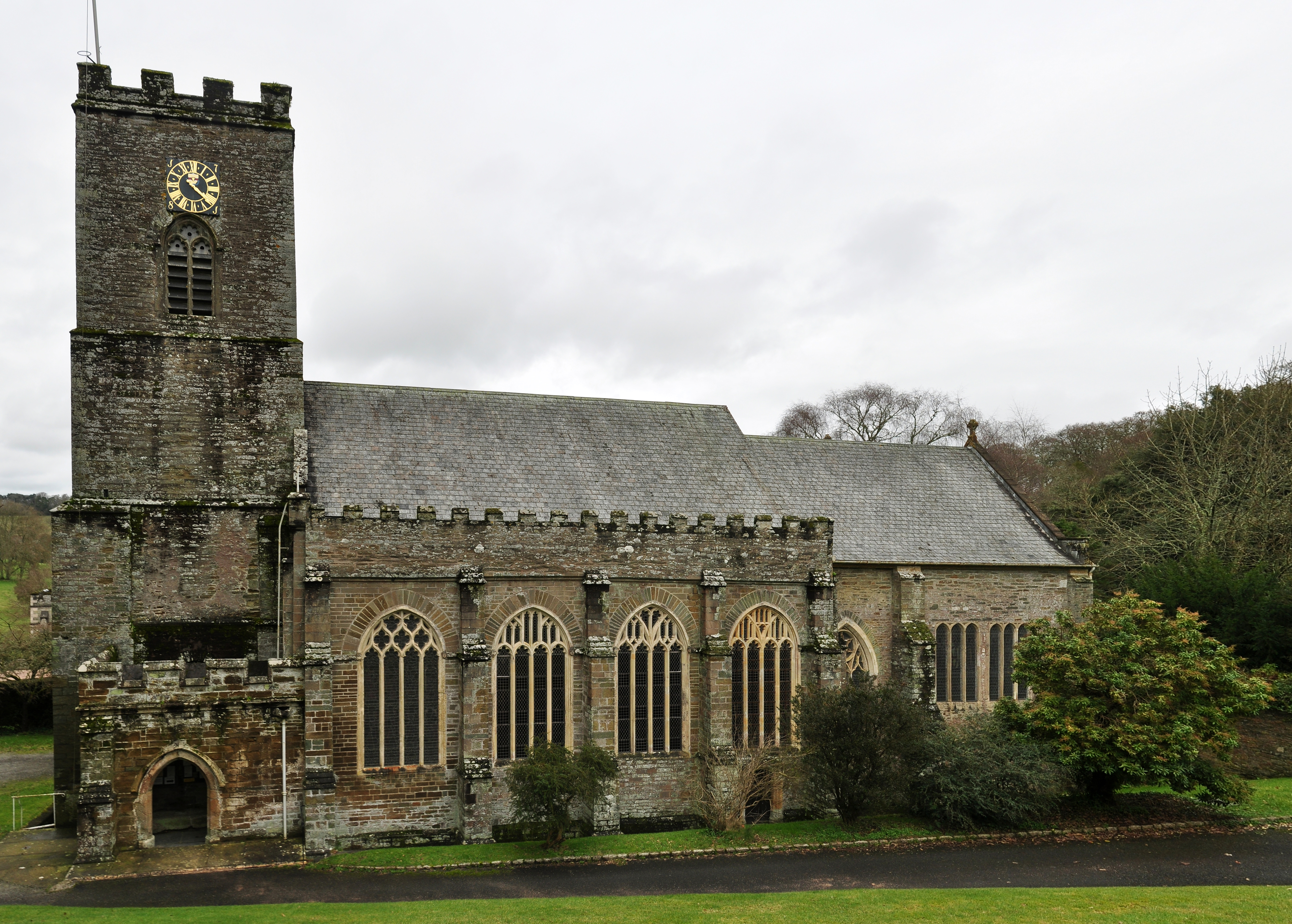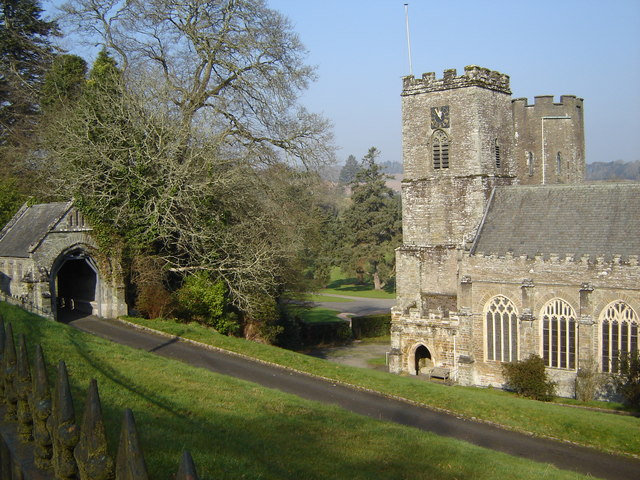Berry Hill
Hill, Mountain in Cornwall
England
Berry Hill
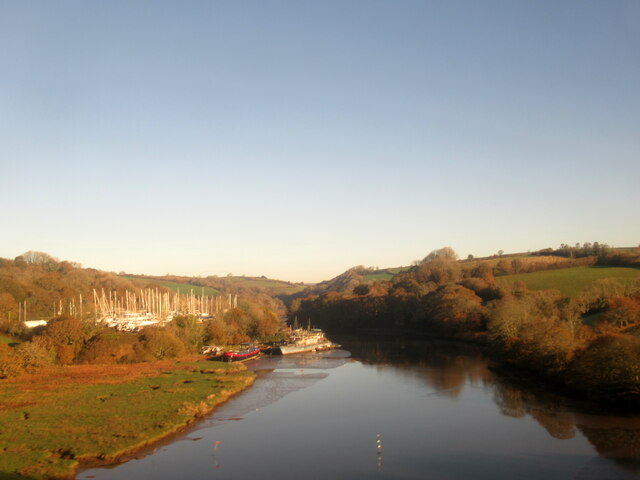
Berry Hill is a prominent hill located in Cornwall, England. Standing at an elevation of 232 meters (761 feet), it offers stunning panoramic views of the surrounding countryside and coastline. The hill is situated near the town of Bodmin, making it easily accessible for visitors looking to explore the area.
Berry Hill is a popular destination for hikers and outdoor enthusiasts, with a number of walking trails and footpaths leading to the summit. The hill is also home to a variety of wildlife, including birds of prey and small mammals, making it a great spot for nature lovers.
At the top of Berry Hill, visitors can enjoy breathtaking views of the rolling hills and valleys of Cornwall, as well as the picturesque coastline. On a clear day, it is possible to see as far as the sea, providing a truly memorable experience for those who make the trek to the summit.
Overall, Berry Hill is a must-visit destination for anyone looking to experience the natural beauty and charm of Cornwall.
If you have any feedback on the listing, please let us know in the comments section below.
Berry Hill Images
Images are sourced within 2km of 50.405703/-4.2898474 or Grid Reference SX3758. Thanks to Geograph Open Source API. All images are credited.
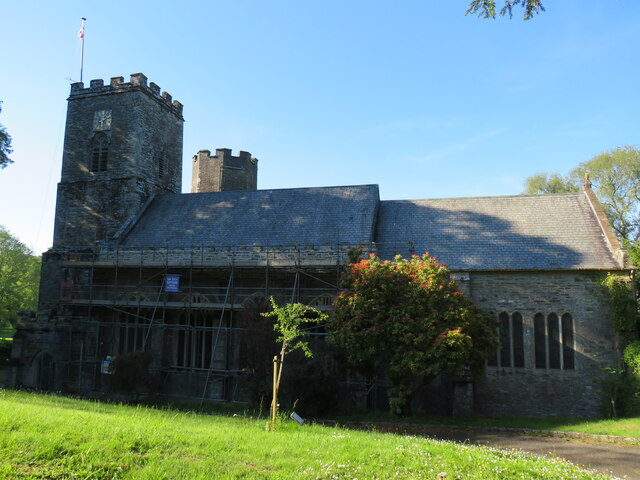

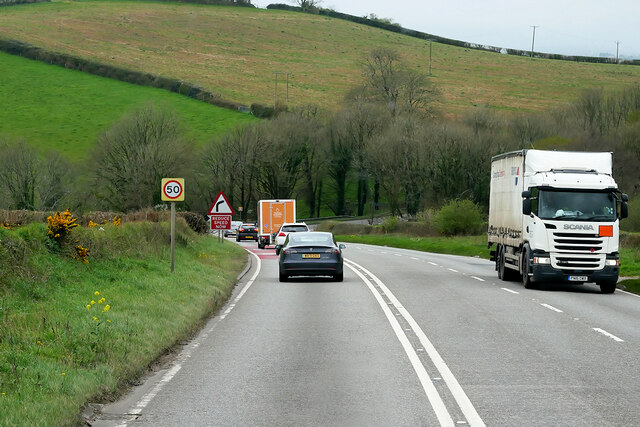
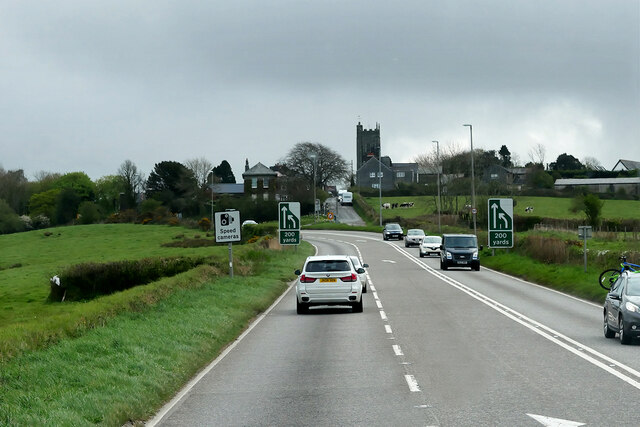
Berry Hill is located at Grid Ref: SX3758 (Lat: 50.405703, Lng: -4.2898474)
Unitary Authority: Cornwall
Police Authority: Devon and Cornwall
What 3 Words
///wharfs.masks.success. Near Landrake, Cornwall
Nearby Locations
Related Wikis
St Erney
St Erney is a hamlet with a Church of England church in Cornwall, England, United Kingdom. == See also == Landrake with St Erney == External links == St...
Port Eliot
Port Eliot in the parish of St Germans, Cornwall, England, United Kingdom, is the ancestral seat of the Eliot family, whose present head is Albert Eliot...
St German's Priory
St Germans Priory is a large Norman church in the village of St Germans in south-east Cornwall, England, UK. == History == According to a credible tradition...
St Germans, Cornwall
St Germans (Cornish: Lannaled) is a village and civil parish in east Cornwall, England, United Kingdom. It stands on the River Tiddy, just upstream of...
Nearby Amenities
Located within 500m of 50.405703,-4.2898474Have you been to Berry Hill?
Leave your review of Berry Hill below (or comments, questions and feedback).
